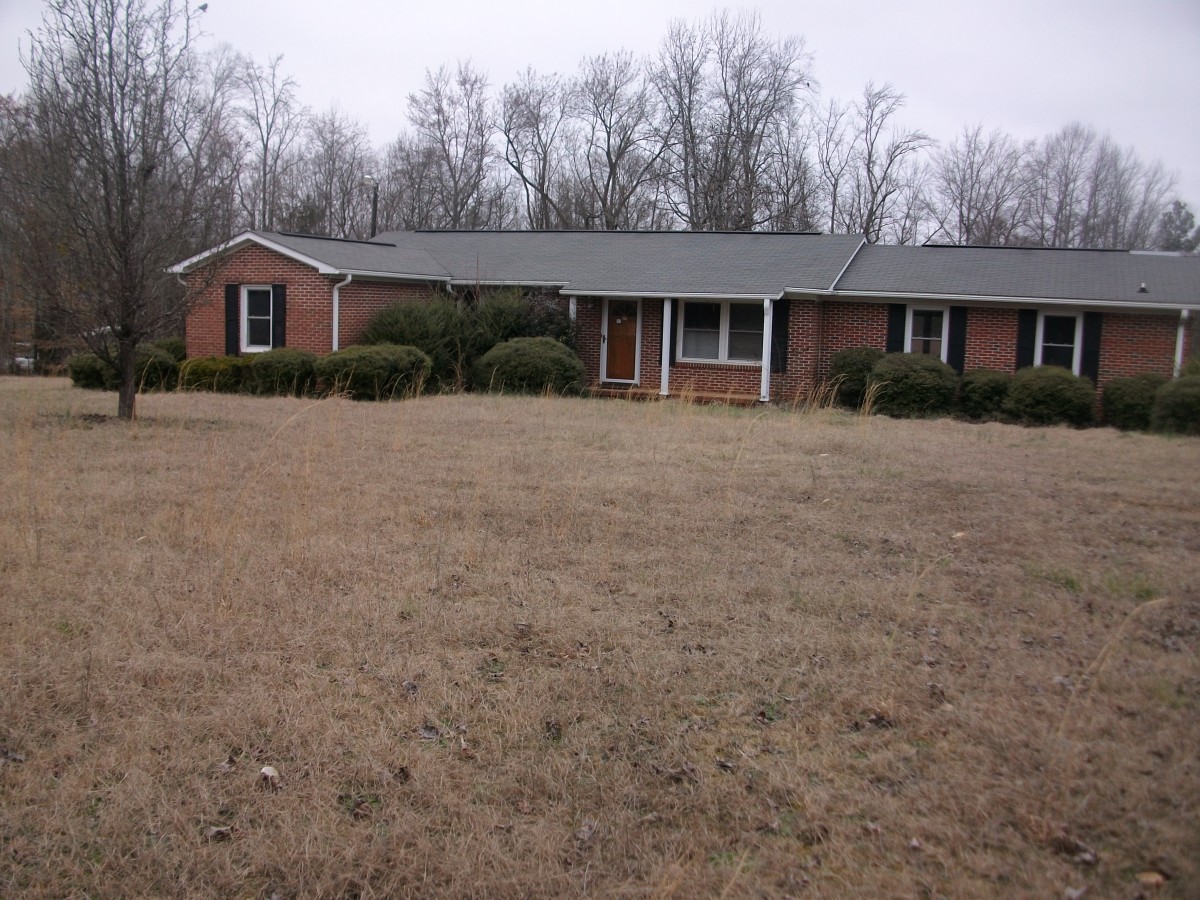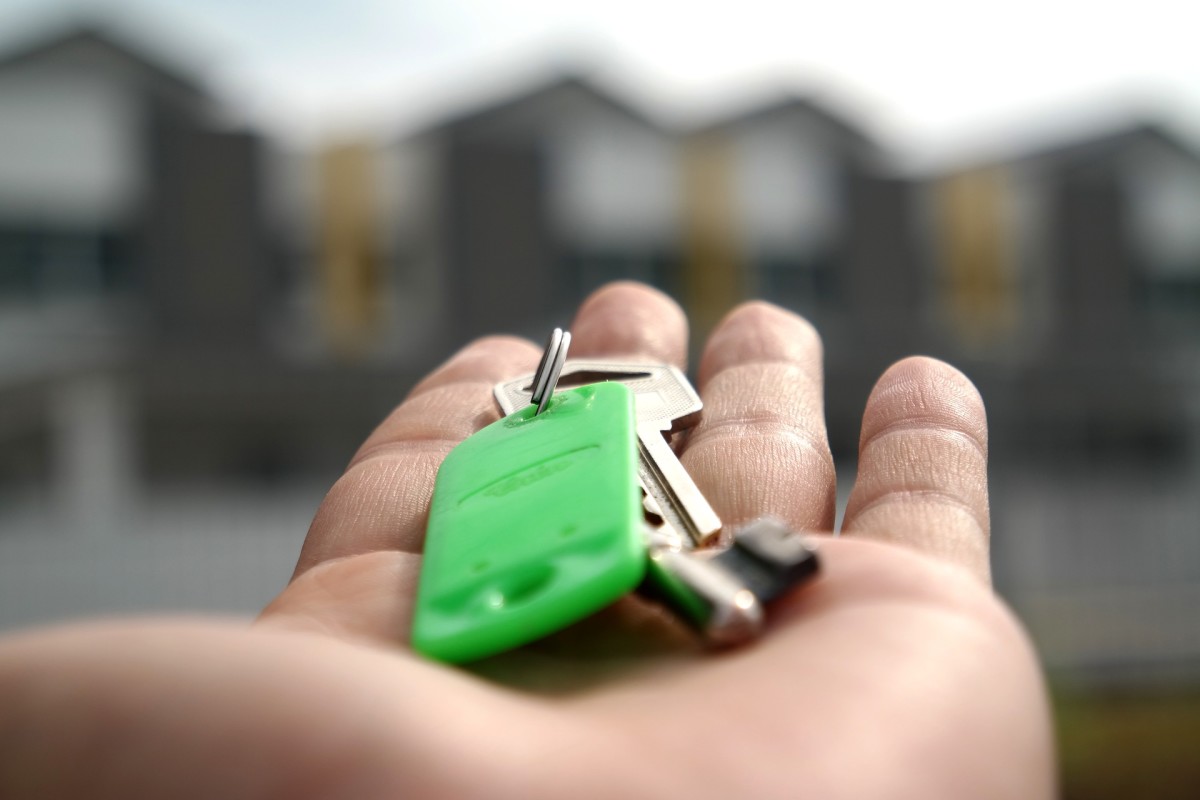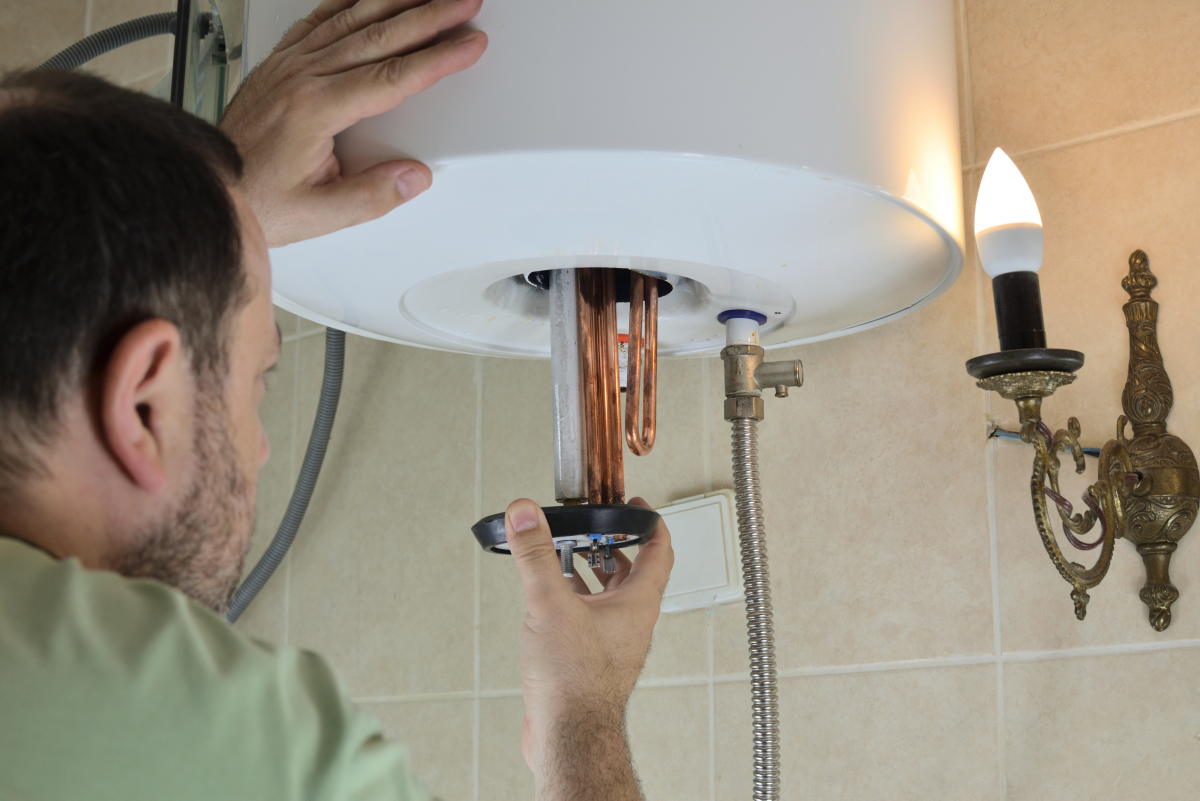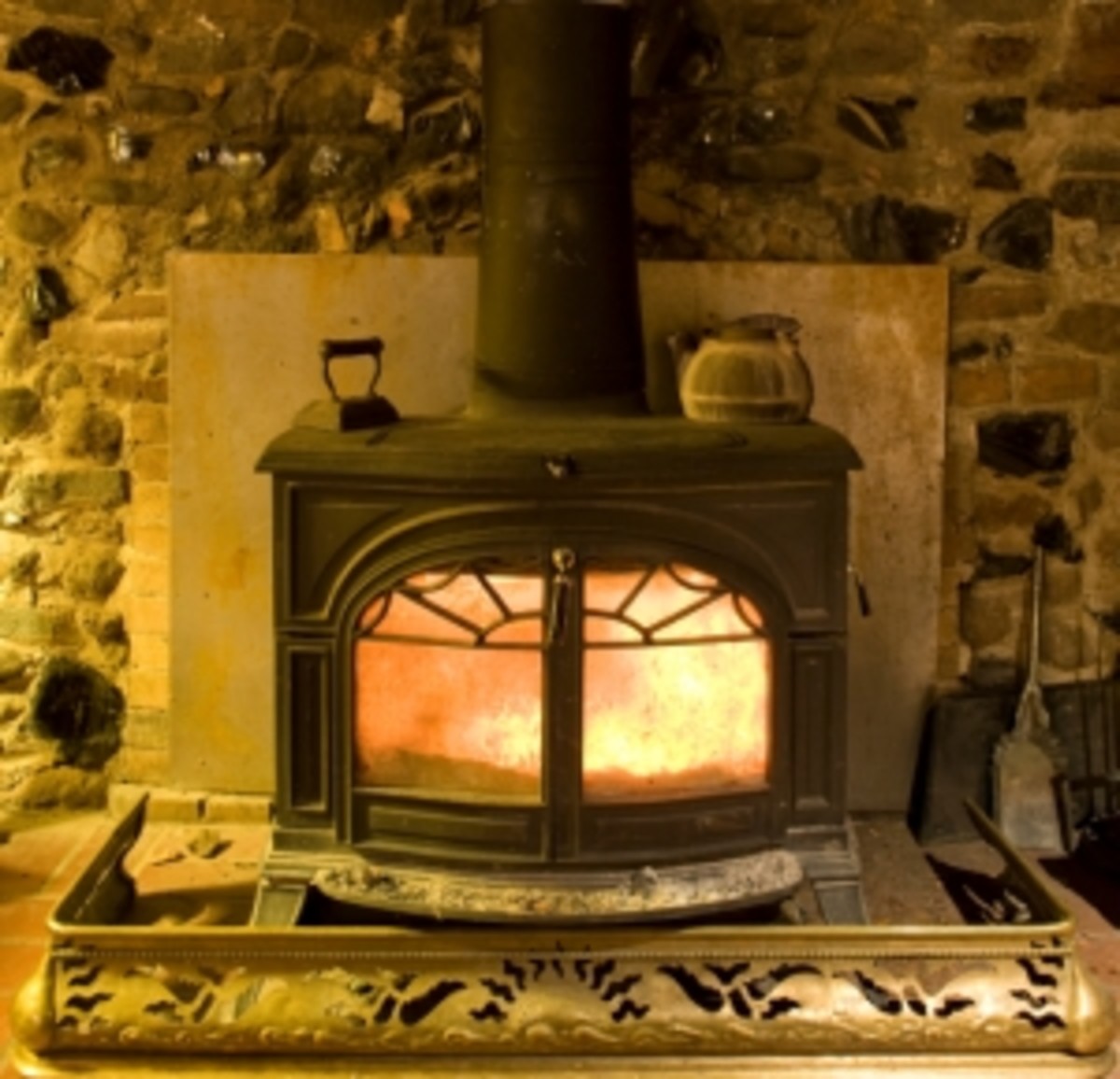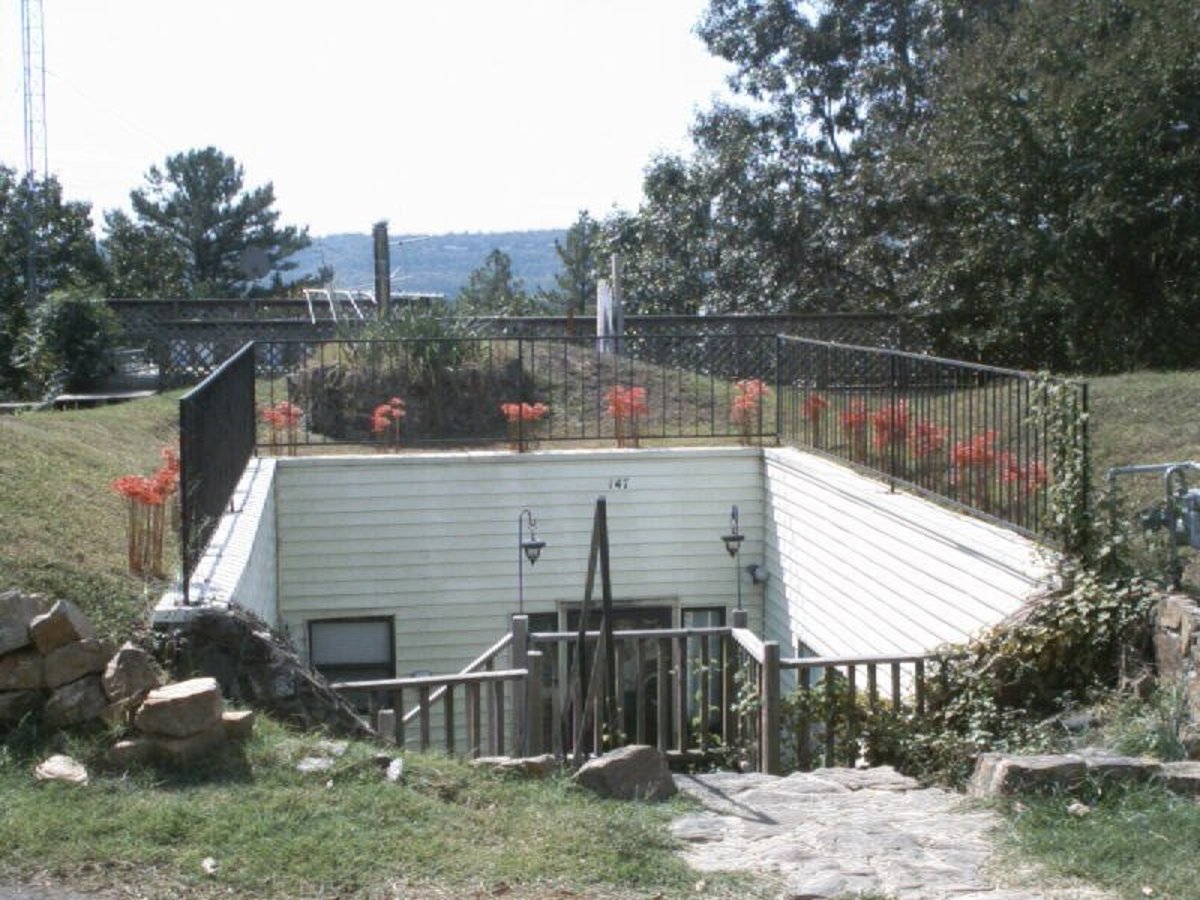Guide To Home Inspections
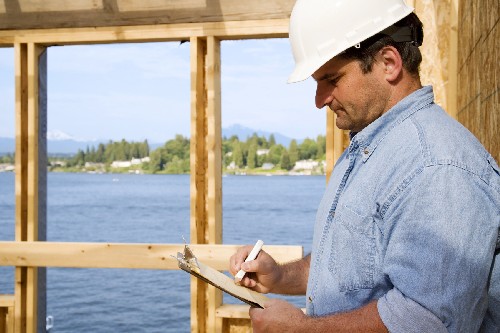
This article is intended to assist the average home owner, Real Estate investor, or buyer to understand the basics of a home inspection. If you are interested in owning, or selling property, a home inspection is something you will have to face, and it helps to understand what to expect in advance.
What you don't know can hurt you . We must figure that in case of serious safety hazards and maintenance problems in the home there can be physical and financial consequences. If a buyer believes that you have deliberately hidden flaws or maintenance issues, they may demand that you take care of their repairs.
What To Look For: The average homeowner has no clue what to look for, which is why a Home inspection is done by a qualified inspector. The inspector's job is to examine the overall condition of a home and its systems and components including electrical, plumbing, and mechanical items, such as the furnace and water heater, and if the inspector finds anything wrong, he may call for a further investigation.
What will a home inspection cost? For a typical one-family house it will usually be between $350 and $550. However, you will pay more for extra inspection services, such as those involving poos, spas, and landscaping.
Timing. Order a home inspection soon after your purchase offer has been accepted and you have signed an agreement of sale. Many Real Estate contracts allow a limited number of days to complete a home inspection.
Sellers. If you have recently replaced one or more major systems in your home, if your home is well maintained, or if the home has any structural features that are impressive, a good way to promote these features is with a home inspection report. It is the perfect way to promote your property without looking like a salesman, and it commands the utmost credibility because it is in writing. Also, it is a good idea to get an inspection as soon as you begin contemplating selling your home. This way it will be evident as soon as possible weather or not there are any issues to address before listing your home.
Home Inspection help from Amazon
Preparing For the Inspection
Be sure that the inspector can easily access and evaluate the entire property, especially the home's systems and components. Remove furniture, and clutter, leaving an easy path to basements and the attic.
Starting With the Roof
What is the sign of a bad roof?
Watch for loose and missing shingles. Cracks and chipping indicates that the roof is drying out, which will continue to decay over time. Curling and lifting are signs of lower-quality products combined with drying out. Excessive curling offers no protection against stormy weather, and is considered to be as serious a problem as missing shingles. Mildew and decay are also signs of rotting, and moss buildup may indicate ongoing presence of high moisture. Where there is moisture, there is wood decay.
Water Heaters
There are three different types of water heaters: gas, electric, and oil. Check the capacity and installation date by reading the label affixed to the water heater.
Electric water heaters recover slower than gas heaters and must hold approximately 50% more to be equivalent. Oil fired water heaters, with a typical 30 gallon capacity are adequate for the average size family. These units normally last longer than others but require more maintenance.
The age of the tank, venting and condition of the burner and combustion chamber are all important factors in evaluating a water heater. Typical equivalent sizes are electric 50 gallon; gas 40 gallon; and oil 30 gallon. Hot tub, jacuzzi owners will have to pay the price of indulgence, as this will require a greater size water heater.
Most Common Plumbing Problems
- Leaks in waste or supply lines
- Leaks in pipes and joints.
- Undersized piping. Some homes may have 1/2 inch tubing when 3/4 tubing is ideal. Low water flow is often the result of small pipes.
- Water heater not heating quickly enough.
Electricity
Electrical systems are evaluated in terms of three important areas:
- Safety: Major appliances should have their own circuit
- Capacity: The system should meet the home's existing needs and have the capacity to accommodate room additions and new appliances.
- Convenience: There should be enough switches, lights and outlets located conveniently so that guests will not have to walk in the dark or use extension cords. Extension cords are considered a red flag that the electrical system is not up to par.
More Home Related Articles
- Home Staging- How to Home Stage; The Basic Tips and Tricks
How to stage a home. Here are the basic tips and tricks to home staging.Don't forget the exterior, make the most of your home by removing clutter and busy designs. Remove curtains and and use soft neutrals. Avoid dark.


